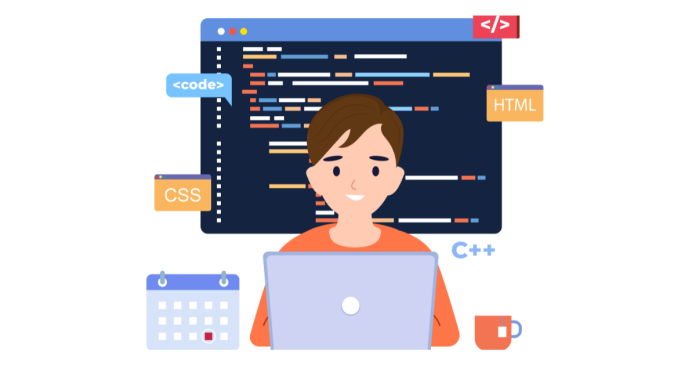Summary of Differences
| Modifier | Same Class | Same Package | Subclass (Different Package) | Other Packages |
|---|---|---|---|---|
public |
Yes | Yes | Yes | Yes |
protected |
Yes | Yes | Yes | No |
package-private (default) |
Yes | Yes | No | No |
private |
Yes | No | No | No |
In Java, access modifiers are used to control the visibility of classes, methods, and variables. The key access modifiers are:
publicprotectedpackage-private(default)private
Here is a breakdown of each access modifier:
1. public
- Visibility: The
publicaccess modifier allows the member (class, method, or variable) to be accessible from any other class in any package. - Usage: It is the least restrictive access modifier.
Example:
public class MyClass {
public int myVariable;
public void myMethod() {
// method implementation
}
}
- Access: Any class, anywhere in the project, can access
MyClassand its public members (myVariable,myMethod).
2. protected
- Visibility: The
protectedaccess modifier allows the member to be accessible:- Within the same package (like
package-private). - To subclasses (even if they are in different packages).
- Within the same package (like
- Usage: It’s less restrictive than
private, but more restrictive thanpublic.
Example:
public class MyClass {
protected int myVariable;
protected void myMethod() {
// method implementation
}
}
- Access:
myVariableandmyMethodcan be accessed by any class in the same package or any subclass (even in a different package).
3. package-private (default)
- Visibility: If no access modifier is specified, it is considered
package-private(default). This means the member is accessible only within the same package. - Usage: This is the default level of access when no modifier is provided. It is more restrictive than
publicandprotectedbut less restrictive thanprivate.
Example:
class MyClass { // No access modifier, so it's package-private
int myVariable;
void myMethod() {
// method implementation
}
}
- Access:
myVariableandmyMethodcan be accessed only by other classes in the same package. They are not accessible from classes in other packages.
4. private
- Visibility: The
privateaccess modifier is the most restrictive. It allows the member to be accessible only within the same class. - Usage: It is typically used for encapsulating and hiding internal details from other classes.
Example:
public class MyClass {
private int myVariable;
private void myMethod() {
// method implementation
}
}
- Access:
myVariableandmyMethodcan only be accessed from within theMyClassclass. They are not accessible from any other class, even subclasses.
When to Use Each Modifier:
public: Use when you want a class, method, or variable to be accessible from anywhere (across packages).protected: Use when you want a class member to be accessible within the same package and by subclasses (even if they are in different packages).package-private(default): Use when you want to limit access to only classes within the same package (useful for internal implementation details).private: Use when you want to hide a class member from the outside world, ensuring it can only be accessed within the same class (encapsulation).



